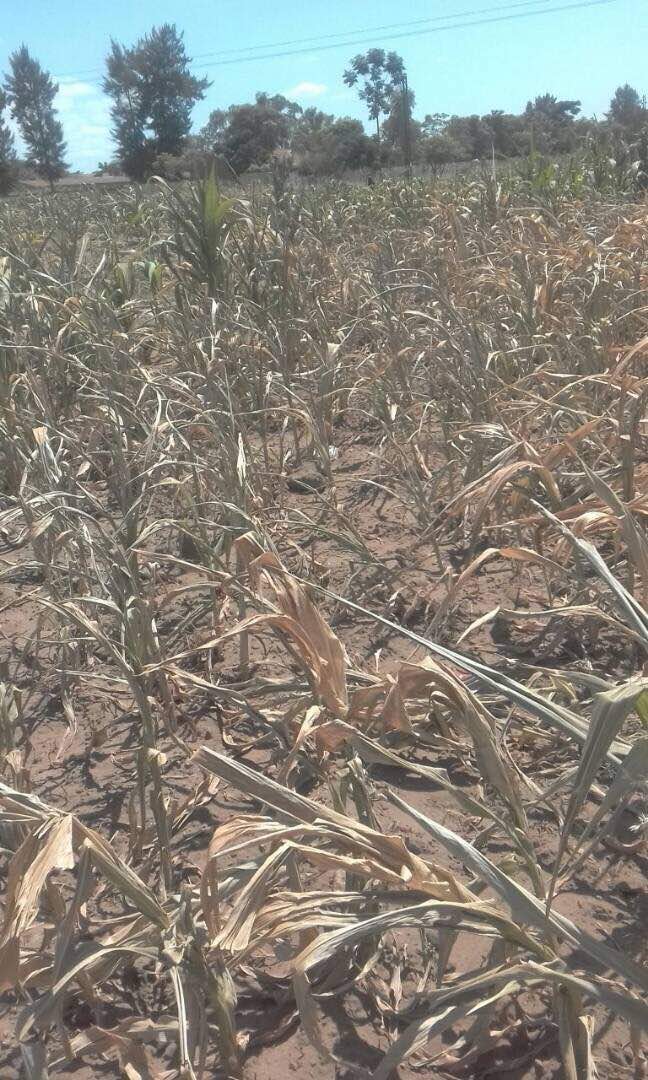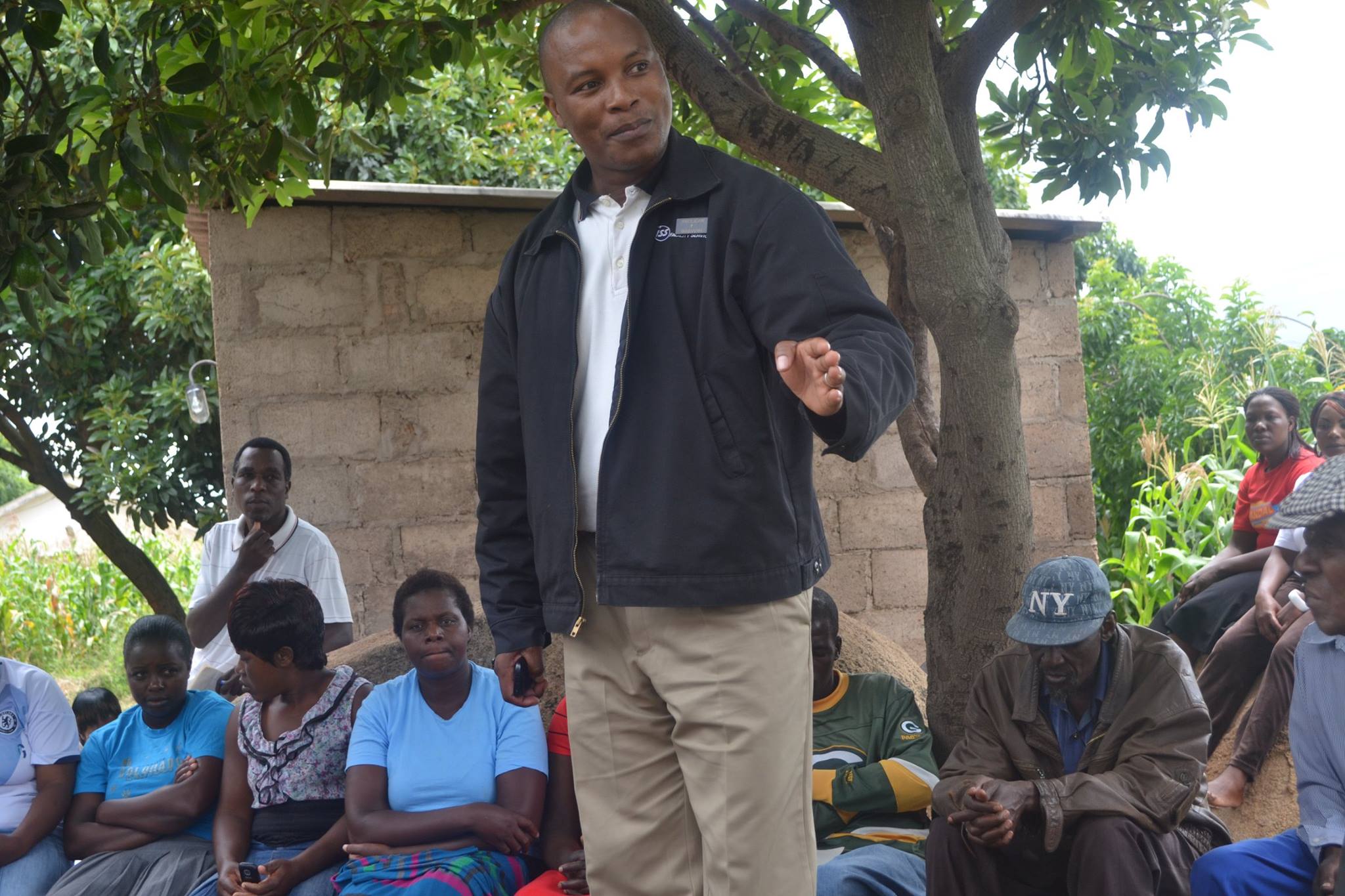By Byron Mutingwende
Zimbabwe is on the brink of famine following a dry spell experienced countrywide and in the entire region that has seen most crops wilting. According to the Southern African Development Community Climate Services Centre (SADC-CSC) Issue Number 2 of released on 19 January 2018, very high to extremely high temperatures have been experienced by most countries in the southern part of the SADC region, namely; Botswana, Namibia, South Africa, southern Mozambique, Swaziland and some parts of Lesotho.
“For two weeks outlook there is likelihood of the departure from the long-term average temperature of at least 2 degree Celsius anomalies of the hot temperature over the extreme northern of DRC, entire Botswana, Namibia, south Zimbabwe, northern South Africa, and south Mozambique. Heat wave precautions are strongly recommended for the high-risk people. National Health Department and Disaster Risk Reduction agencies are called to assist in the specific measures to be adopted.”
The forecast added that people in most of Botswana, south eastern tip of Angola, south-west Madagascar, southern tip of Malawi, south and west central Mozambique, eastern and south Namibia, north and western South Africa, eastern Swaziland, extreme north east of Tanzania, extreme southern Zambia, extreme north, south and western Zimbabwe should adhere to healthy advisories to combating the high temperatures, that will be experienced in these areas. Extremely high temperatures have already been experienced in a select few areas within the region, where extra caution needs to be undertaken.
Spiked Online Media was in Chimbuwe village, Chief Kaitano’s area in Mt Darwin and witnessed a pathetic situation in the maize and tobacco fields. The Kaitano chieftainship is situated deep in the Zambezi valley in Dande communal lands sharing the border with Mozambique about 5km from Mkumbura business centre.
The area falls geographically in Zimbabwe’s Climatic Region Five characterised by erratic rains. The area has received less than 40mm rainfall this season.
According to Headman Chimbuwe born Israel Kambanje, the people are relying on Presidential Food aid from government and some people are engaging in barter trade to buy the staple maize grain.
“Our maize crop is a complete write-off. Up to Christmas and the New Year our crops were blooming in some areas around this district. The rains have been good since the start of the farming season around October although we were unfortunate to receive very little rains here. However, our little hopes for a good harvesting are slowly dissipating,” Headman Chimbuwe said.
In Domboshava, about 30km outside the capital Harare, the situation is almost as dire as it is in Dande. The place is one of the horticultural hubs in the country. The residents supply vegetables like covo, tomatoes, carrots, spinach, onions and lettuce to Harare. That is under threat as the dry spell has also led to wilting of the maize crop and drying up of some wells.
Headman Nyakudya under Chief Chinhamhora in Domboshava called for a prayer for the rains since drought would impede development in the country.
“Domboshava is an agricultural and horticultural hub but this dry spell leaves us with the possibility of a great famine if we don’t receive rains in a day or two. As traditional leaders, we thing it’s necessary to hold a national pray for the rains,” Nyakudya said.
According to the Food and Agriculture Organisation (FAO) Zimbabwe was one of the countries badly affected by the El Nino weather phenomenon in the 2015-16 farming season, one of the worst in 50 years that caused intense drought in southern Africa and left a “devastating” impact on the region’s food security.






